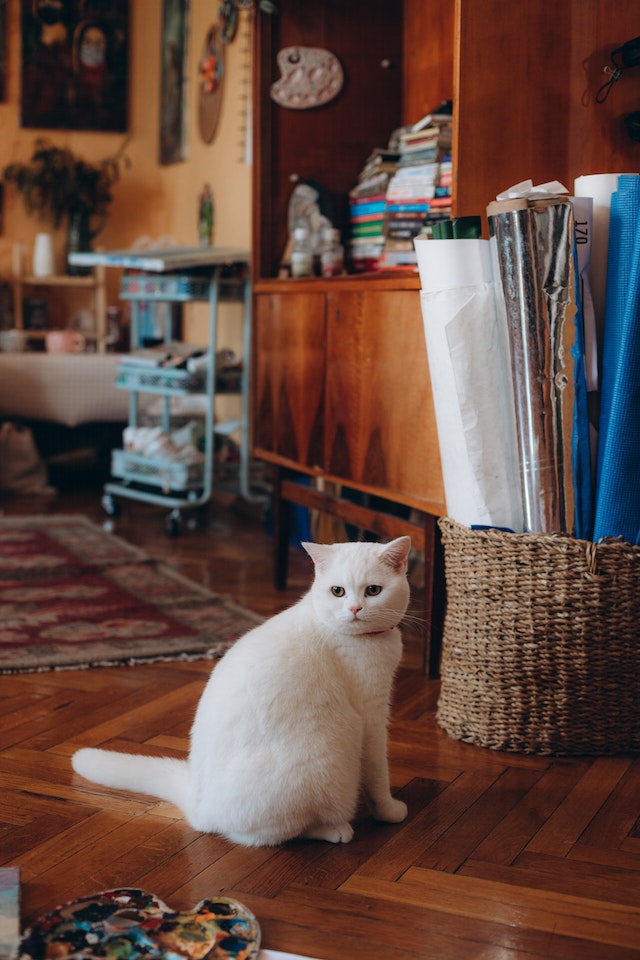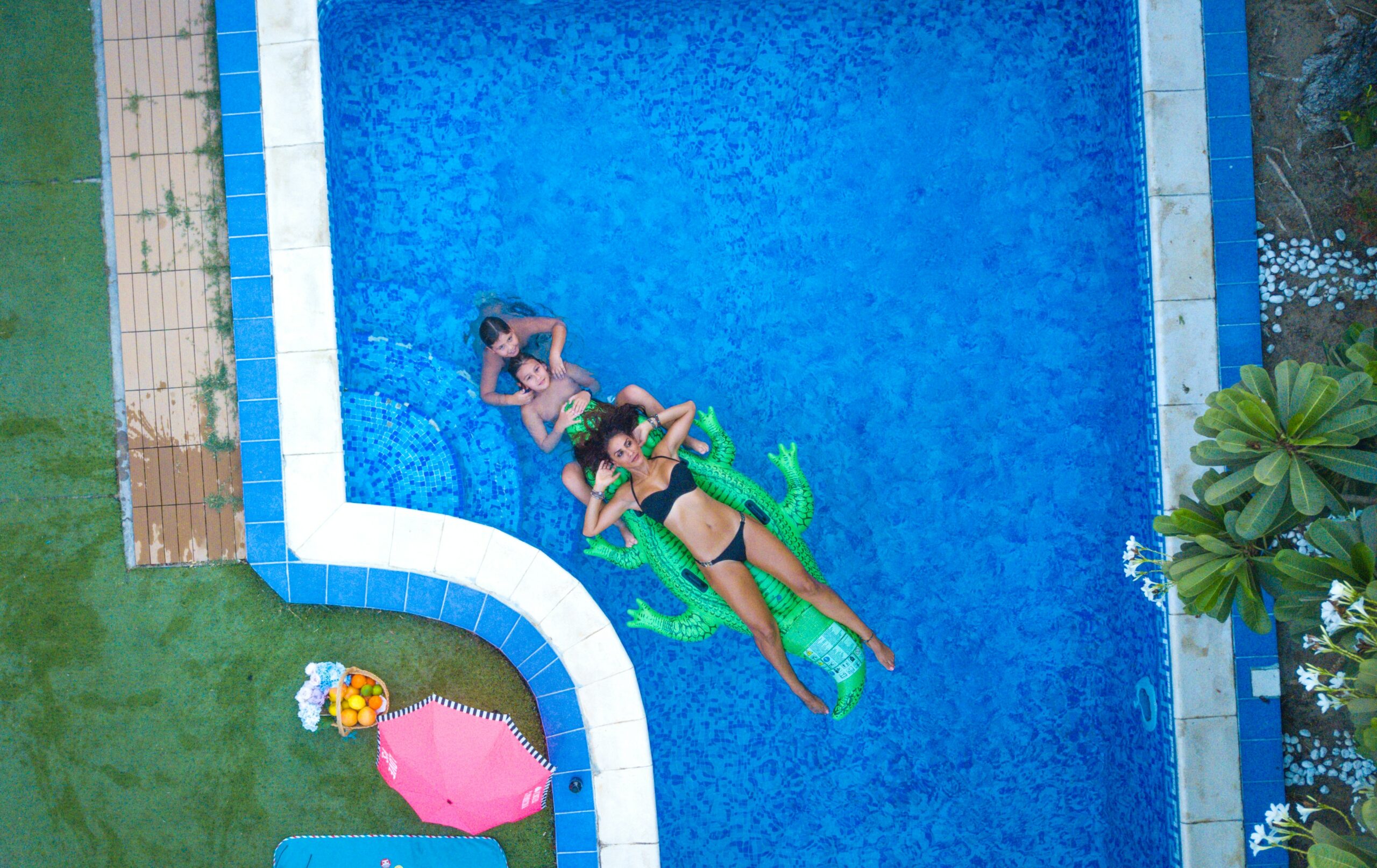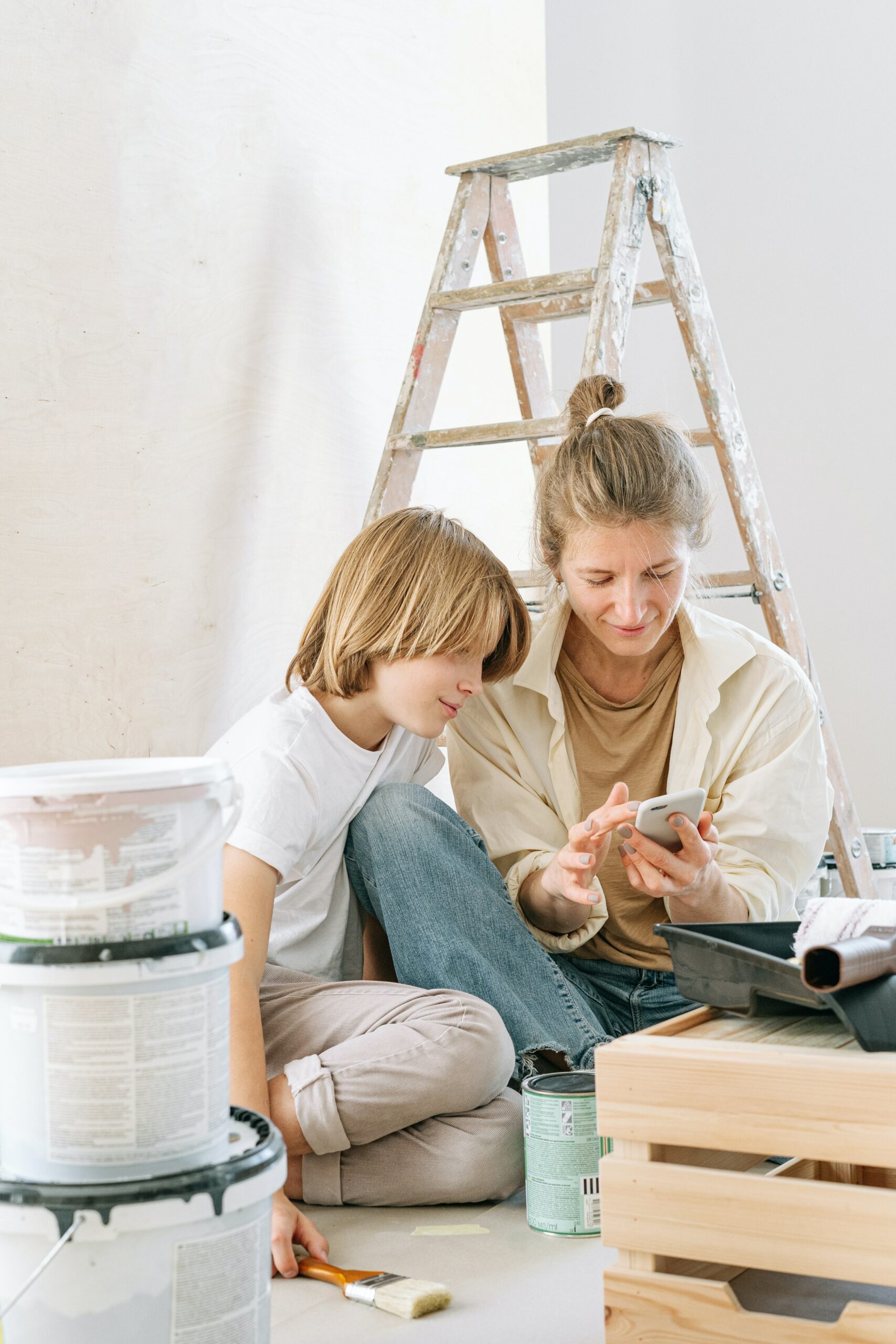Having a newborn baby a part of your family can be an exciting time. It is time to buy all the things you need for your baby including items for the nursery. Your baby will be spending a lot of time in there, especially since newborns sleep up to 18 hours a day.
Much planning and coordinating are required to make sure your baby has everything he or she needs. The nursery needs to be soothing and aesthetically pleasing, but also safe and secure from any possible dangers or hazards.
Whatever your budget maybe, you may have the impulse to deck your baby’s crib out with all the bedding choices available and the crib accessories to match.
Though these things may be extremely decorative, they may not be the safest option for your baby while he or she is sleeping. Things like bumpers, ribbons, pillows, toys, sleep positioners, and blankets are suffocation hazards for your baby and should be thrown out of your mind when thinking about buying bedding for your baby’s crib.
Before you go on a shopping spree for your baby’s crib, here is a complete guide to buying bedding for your baby’s crib.

The Essentials
Essentials for your crib bedding include the mattress pad or mattress protector, a fitted sheet, a wearable blanket or swaddle wrap.
These are considered essential for your baby’s crib bedding because it provides your baby warmth and safety, allowing for a long, peaceful sleep.
Think about getting some essentials for your bed as well. Buy Oxford super- king bedding set to yourself and do not forget your peaceful sleep is also that important.
Mattress Pad
Mattress pads help protect the mattress from unavoidable accidents. These are typically the same size as a fitted crib sheet. They have elastic edges. Some fit over the entire mattress while others only cover the top of the mattress.
They all come in different styles, sizes and shapes. Some are smaller than the mattress, in which case they are typically advertised as multi-use “lap pads” or burp pads.” Some mattress pads are lined with flannel while others are quilted. It all depends on what fits your needs and the look of the nursery.
It is recommended to purchase two or three waterproof mattresses so you have a backup.
It is extremely important to note that baby’s mattress pad should be an inch or less thick. Too thick could be a suffocation hazard. Make sure the mattress pad is made up of materials that are breathable like cotton and avoid using plastic bags as a mattress cover.
That is a suffocation hazard. The mattress pad can also be hypoallergenic to help fight against dust mites and other allergens that are easily trapped in the mattress.
Fitted Crib Sheets
The fitted crib sheet is the most essential part of your baby’s crib bedding. They typically have fitted corners that keep them affixed to the mattress and mattress pad. It is important for your baby’s fitted sheets correctly fit the shape and size for your crib because it must fit snug. Fitted sheets are typically made of materials like woven cotton, cotton blends and lightweight flannel.
It is important to note that you cannot use flat crib sheets in place of fitted sheets. They will not be secure around the mattress, causing it to bunch up or loosen. This is a suffocation hazard. Your baby’s fitted sheets should fit the mattress like skin. It is recommended to purchase at least three of these.
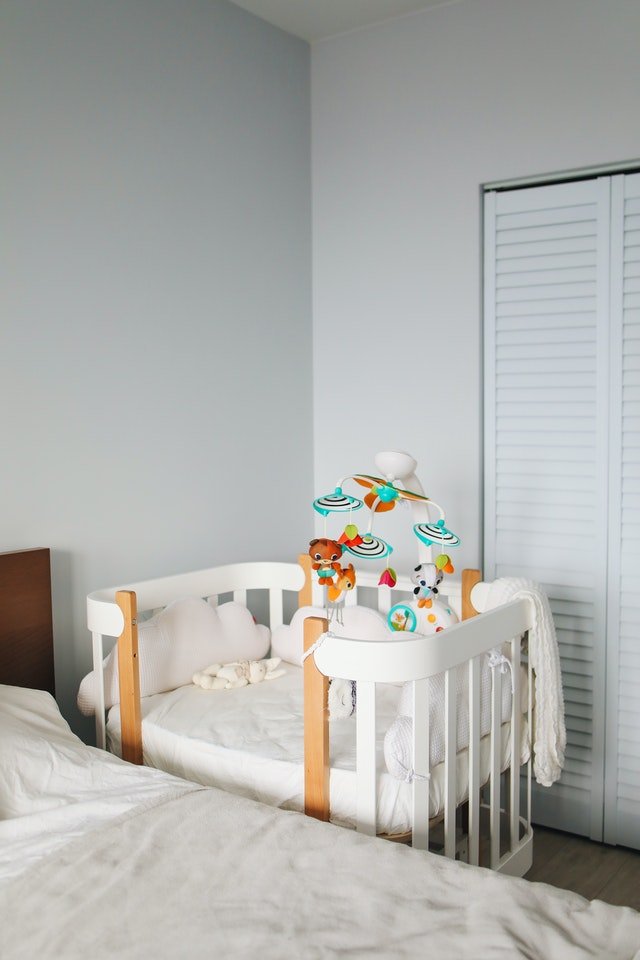
Swaddle Wrap Or Wearable Blanket
These two are the best options for keeping your baby warm while he or she sleeps as these are not considered dangerous for your newborn. A swaddle wrap slips over a typical sleeper or diaper but still leaves room for your baby’s legs.
Swaddling your newborn may also help him or her sleep longer as it mimics the feeling of being in the womb, leaving them feeling safer and secure. As your child gets out of the swaddling stage, you can make the transition to a wearable blanket. Make sure your baby’s swaddle wrap or wearable blanket is made up of 100 percent cotton and some kind of flame-resistant fabric that is safe for your baby like polyester.
Putting a blanket in your child’s crib can lead to suffocation, so if it is not a swaddle wrap or wearable blanket do not put it in your baby’s crib, at least while he or she is sleeping. Blankets are better used when your newborn becomes a toddler and can handle the blanket while sleeping.
A wearable blanket is similar to a swaddle in the sense that it too goes over your newborn’s sleeper or diaper, leaving tons of legroom. The only difference is your baby’s arms will not be wrapped in the blanket. It is important that your baby’s wearable blanket is flame-resistant.
Crib Sheet Fabrics
Now that you know the bedding essentials, it is time to put a lot of thought into the types of fabrics that are best for your baby.
We mentioned a few already, but here is a more in-depth look at the varieties of fabrics as well as their benefits.
Cotton
These are super breathable, allowing air to circulate around your baby. This keeps your child cool in the summer months. Cotton is also hypoallergenic, so these types of sheets are ideal if your newborn is susceptible to allergies or skin irritations. It also does not pile or attract lint and is very easy to wash. They are durable, do not pill and you can buy them anywhere.
The few downsides to cotton sheets are that they wrinkle easy and they are usually slightly coarse when you first pop them out of their packaging.
Polyester
Polyester sheets are inexpensive, are tear-resistant because they are a flexible fiber, available in a variety of textures and are less susceptible to shrinking in the wash. These sheets are also ideal for the winter months as they are generally warm to the touch and remain that way.
Some disadvantages for polyester crib sheets are they wrinkle easier, their quality can be inconsistent from brand to brand and are vulnerable to piling.
Flannel
These are absolutely perfect for winter months as they trap heat. The flannel material itself can be made from materials like cotton, wool, synthetic fiber or a combination of the two.
Flannel also feels soft and fuzzy because of the way it is weaved. As far as quality goes, they are not measured by thread count but rather by ounces per yard. They are generally lightweight, come in a wide array of textures and are less prone to shrinking in the wash. Flannel is not all flowers and sunshine.
They are typically coarser than other types of crib sheets, are vulnerable to pilling and are not ideal for warm weather.
Alternative Or Organic Fabrics
Aside from cotton, parents can now go for alternative fiber crib sheets that are not cotton like bamboo. Though it is great to be environmentally conscious it does not provide many more benefits. They can be very coarse, can be easily stretched and wears quickly. They are not that durable.
Getting the know about crib bedding and the different types of material may tempt you to buy an exuberant amount and place them all on your baby’s crib, but slow your roll.
The recommended number of crib sheets that you should have is anywhere between two and four so that you can rotate them out, ensuring that you never run out of clean linens.
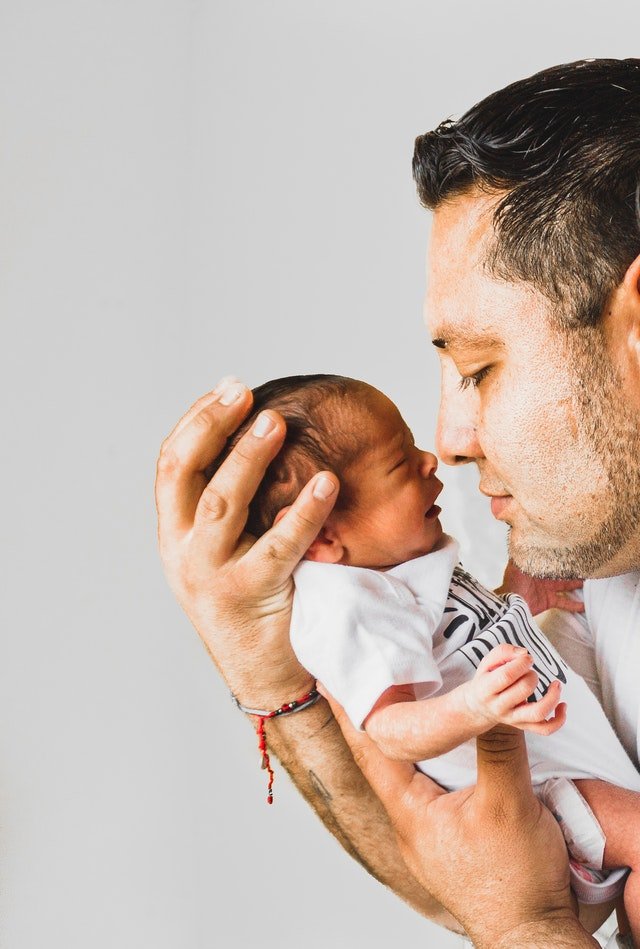
Maintenance
Now that you have found the perfect crib bedding, the next thing you must know about is maintenance. Maintenance is just as important as purchasing the best crib bedding because keeping up with your newborn’s bedding is one way to prolong its life and maintain the quality of your sheets.
Wash Every Week
It is a good habit to wash your baby’s crib sheets once a week in an effort to remove the build-up of dirt and dust. Use warm or cold water as opposed to hot water as the hot temperatures can cause excessive shrinkage of the crib sheets.
Tumble Dry
Tumble dry your sheets as explained in the label instructions. If you want to minimize wrinkles, it is recommended to take them out of the dryer before they are fully dry. To avoid bacteria and mold from festering, make sure your sheets are fully dry before storing them.
Storage
It is also important to note you should store your sheets in a dry place like a closet or drawer. It is not recommended to store them in containers because they trap moisture. This can cause the growth of mold and mildew, and you do not want that.
Replace Sheets
At the first sign of wear and tear, like frayed hems or faded patterns, get those sheets out of there and replace them.
Wash The New Sheets Before Use
Washing brand new sheets before putting them on your baby’s mattress will take away any excess dye and other materials left over during the manufacturing process.
This ensures the safety of your baby as it prevents your baby from breathing in all those excess materials and dyes.


